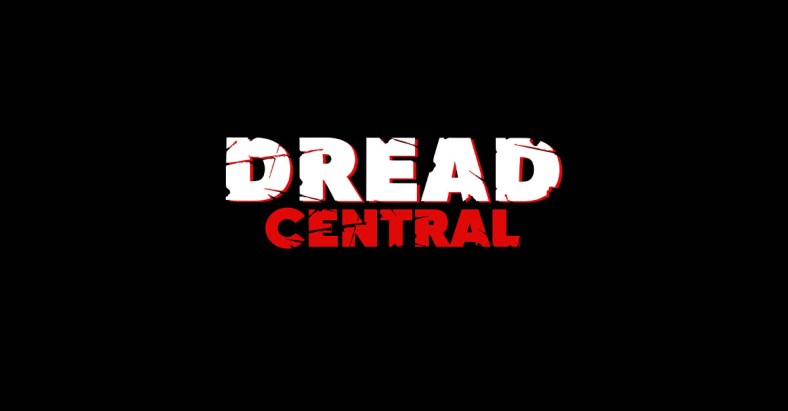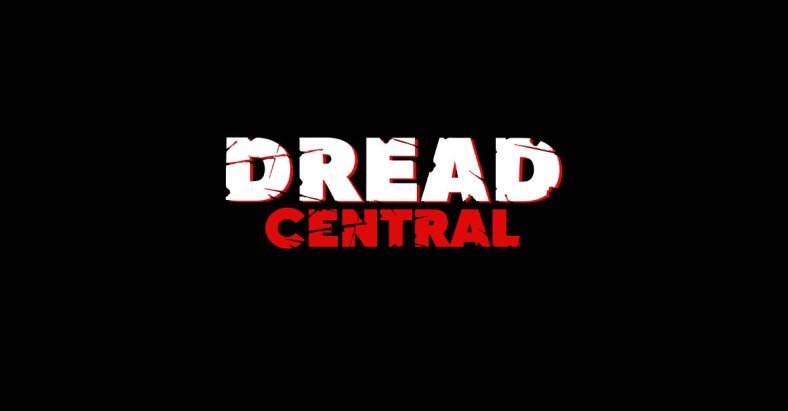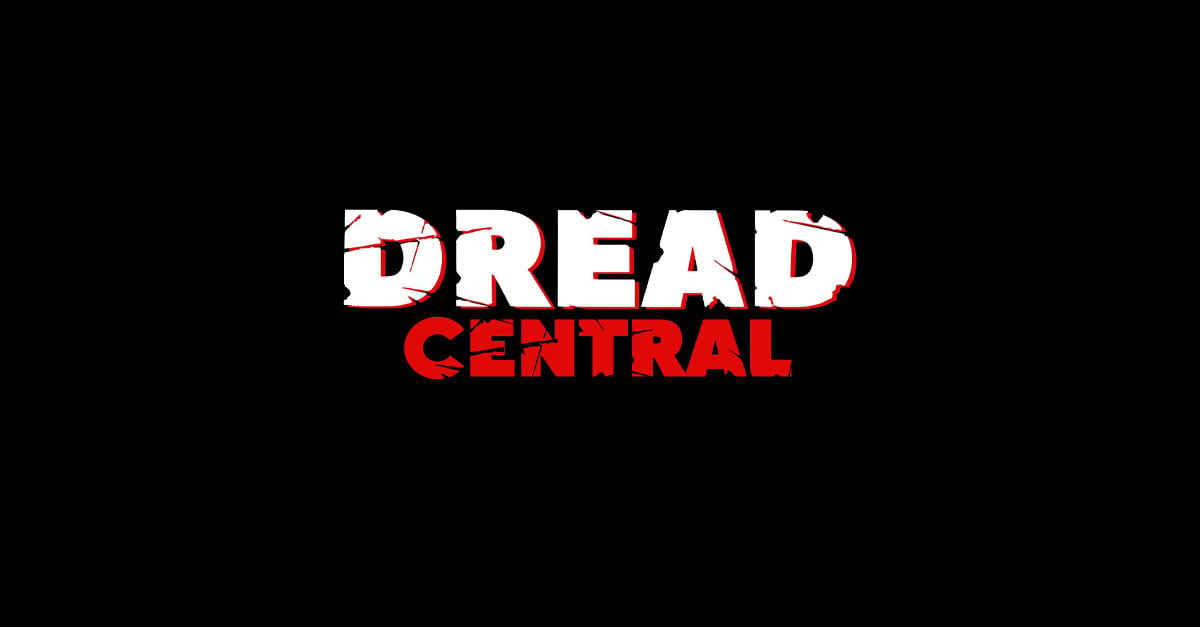Five Reasons to Love Freddy’s Dead: The Final Nightmare

By 1991, just seven years after Wes Craven introduced the world to Freddy Krueger, the Nightmare on Elm Street franchise was already on its last legs. The fifth installment, Dream Child, was arguably the most convoluted and creatively bankrupt in the whole series – as well as the lowest-grossing sequel at the time – and so it stood to reason that New Line Cinema wanted to kill off Freddy once and for all.
Released in ’91, Freddy’s Dead: The Final Nightmare promised (and delivered) the death of the beloved dream demon, and that promise put asses in the seats. As New Line hoped, Freddy’s Dead had the highest-grossing opening weekend of all the official Elm Street sequels, but it wasn’t as successful in the eyes of fans and critics.
Twenty-five years later, The Final Nightmare is considered by most diehard fans of the franchise to be the worst of the bunch, and Robert Englund himself has even stated that he’s not a fan. But is it really that bad? Or like many oddball franchise sequels, is it just a little bit misunderstood?
I think you already know my answer to that question. Here’s why I kind of love Freddy’s Dead.
1) THE CONCEPT IS REALLY COOL
Out of all the Nightmare on Elm Street sequels, Freddy’s Dead might actually have the coolest concept. Set 10 years in the future, or what was at the time the future (2001), the franchise’s sixth installment centers on John Doe, a young teen who has no idea who he is or where he came from. As it turns out, he was the last remaining child in Springwood – after all, Freddy spent so many years killing them off – and so Freddy sends him to another town to bring more young souls back into Springwood.
Many scenes in Freddy’s Dead take place in an almost post-apocalyptic Springwood, and that’s when the concept is at its most fun. With no kids left in town, all of the adult parents have gone absolutely mad, roaming around without much promise in life. We’re taken to the saddest town fair in history, and we also meet a delusional teacher who still shows up to work every day and a mom who imagines her house is full of children. It’s pretty high concept stuff for the Elm Street franchise, and though the film only scratches the surface of that potential, there’s enough in there to give this one a really unique feeling.
Freddy’s ultimate plan? To become powerful enough to travel to every Elm Street in the world and kill children outside of Springwood – as he so iconically notes, every town has one. Another really cool idea in this one, even if the devious plan never ends up coming to fruition.
2) DREAM WARRIORS 2.0
In many ways, Freddy’s Dead rolls several different sequel concepts into one, and a good portion of the film is essentially a remake of Dream Warriors. John Doe is taken to a shelter for troubled youths where we meet Carlos, Spencer, and Tracy – three characters who would be right at home in the franchise’s third installment. There’s also adults Maggie Burroughs and “Doc,” the specialists in charge who basically play the same roles as Nancy and Neil did in Dream Warriors.
More than anything, the other kids are added into the mix to up the body count in Freddy’s Dead and give Krueger people to kill while all the story-heavy stuff is going on. Spencer’s dream sequence, which sees him transported into a video game, is admittedly the silliest moment in the entire franchise – reminding us that Freddy had become little more than a burnt-up joke by the 1990s – but Carlos’ death is fairly inspired and one of the most memorable in the franchise.
Ultimately, the kids and their deaths pale in comparison to anything on display in Dream Warriors, but the attempt to recapture some of that magic is to be admired.
3) MYTHOLOGY FOR THE WIN
Perhaps my single favorite thing about Freddy’s Dead is that it goes where none of the previous sequels dared go before: into Freddy’s past. All we really knew throughout the first five installments is that Freddy was the product of rape and was burnt alive by the Springwood parents after he started killing their kids, but Freddy’s Dead really expands on that mythology in some interesting ways.
For starters, the film provides an explanation for how Freddy is able to enter dreams, as we learn that the “dream demons” granted him his supernatural powers on the night he was killed. To make a long story short, these dream demons look for the most evil of souls to give that special power to, and of course, nobody fits the bill better than a child-killer.
We also learn a bit about Freddy’s distant past, as a series of scenes take us inside his brain to see what his early childhood and teenage years were like. As a child he was tormented by his classmates, and as a teen his step-father (Alice Cooper!) abused him, and we even – for the very first time – are taken back to the night the Springwood parents torched Krueger.
Did we need to see all that stuff? Maybe not. But I think Freddy is a stronger character because of it. And it was great to see Robert Englund get to act outside the makeup for a change.
4) MAIN CHARACTER FAKE-OUT
Another under-appreciated aspect of Freddy’s Dead is the clever character fake-out that reveals itself just under an hour into the film. For that first hour, we’re led to believe that John Doe is the main character, and we’re even told that he’s the son of Freddy Krueger, but we eventually learn that it’s actually Maggie who is Freddy’s child. John Doe, as it turns out, was merely a living, breathing red herring, and the Psycho-inspired twist surely took many by surprise back in 1991.
Like many elements of the film, the Marion Crane-esque twist is surprisingly intelligent for the sixth installment in a dying horror franchise.
5) THE 3D GIMMICK IS CLEVERLY UTILIZED
By 1991, a few big horror franchise had already released sequels in 3D, but Freddy’s Dead put an interesting little twist on the gimmick. Rather than making the whole film in 3D, New Line decided to only utilize the effect for the last 13 minutes, and in true William Castle-inspired fashion, audiences were instructed to put on their provided 3D glasses at precisely the same time Maggie does in the movie. Corny? Sure. But also quite fun.
And the gimmick was really well utilized, as it allowed us to literally travel inside Freddy’s head and also watch him explode in three glorious dimensions. Personally, I’ve never been a fan of 3D, but the limited use of it in Freddy’s Dead was a fun way of adding an extra element to the film while not relying on the gimmick for the whole movie. I never had the pleasure of seeing the film in theaters, but I can only imagine that audiences must have gotten a kick out of putting on those flimsy red and blue glasses and feeling like they were part of the experience.
Oh, and in case I haven’t yet sold you on Freddy’s Dead being an under-appreciated sequel, I present to you the final piece of evidence. Click the “play” button below to watch the film’s end credits sequence, which features an Iggy Pop song playing over a tribute video to the whole franchise.
I mean, come on. You just have to love this.







